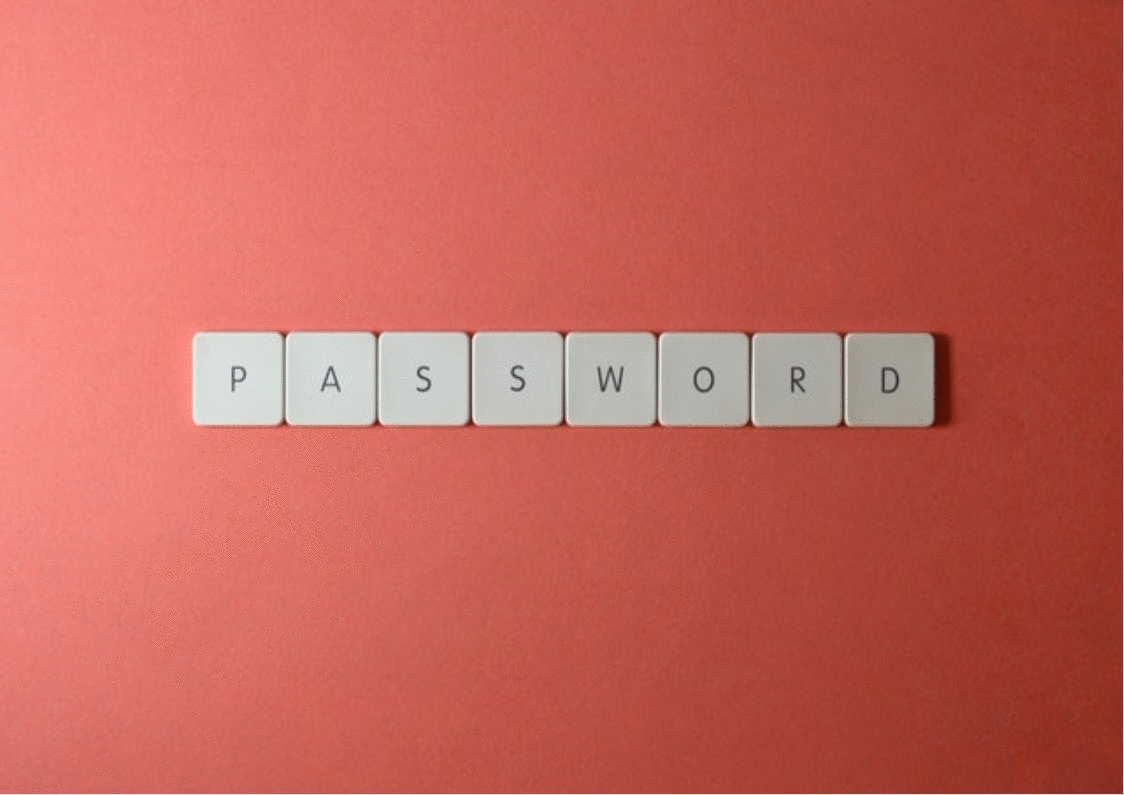Graphical Password Security

What is a password?
A password is a string of keyboard characters used to verify a user's identity during the authentication process in a computational system online or offline.
A password is typically used with a username and is designed to be known only to the user. It allows the user to gain access to a computational device, application, or website.
What is a graphical password?
A graphical password is a form of password security that uses images rather than letters, digits, or special characters to verify a user's identity.
Graphical passwords often require the user to select images in a specific order or respond to images presented in a particular order.
Pros and cons of text and graphical passwords.
Graphical passwords can be easily remembered, as users remember images better than characters and words.
Graphical passwords are more susceptible to "shoulder-surfing attacks" when used in public, as attackers can learn the password image(s) by watching the screen.
A graphical password is equivalent to a very long string of complex text characters; therefore, it has more robust security features.
Graphical passwords are easy to remember, i.e., hard to forget and difficult to crack.
Expanded Password System (EPS)

(Image from Hitoshi Kokumai's article, "Text Password System to Stay As-Is with Expanded Password System.")
The Expanded Password System (EPS), which Hitoshi Kokumai proposed and developed, has been adopted in Japan since the early 2000s.
The Expanded Password System (EPS) utilizes memorable images from users' episodic lives and converts the image into a large stream of complex and unique text streams.
You don't need to replace the current text password security systems or build a new system entirely.
"Expanded Password System accepts non-text memory objects such as visual images and texts. Hearing it, some people are led to suppose that they need to consider a big investment to replace or re-build the existing text password systems."
Graphical passwords will improve and strengthen conventional password security systems.
Graphical password security will strengthen the current text password security systems without discarding them, ultimately empowering them.
Graphical passwords are easy to remember but hard to forget and difficult for cybercriminals to crack or hack.
The Expanded Password System (EPS) is one such graphical password security solution that utilizes episodic images from users' lives.
I dedicate this article to the memory of Hitoshi Kokumai, founder and former chief architect of Mnemonic Identity Solutions Limited.

Hitoshi Kokumai (LinkedIn profile).
I would strongly suggest that you visit Mnemonic Identity Solutions Limited's website and check the functioning of the Expanded Password System (EPS).
Have a test run of how images are utilized to create difficult-to-crack complex passwords!
<> Originally published on LinkedIn.
------------
About me
I am a researcher and contribute to the overlapping areas of STEAM (Science, Technology, Engineering, Arts, and Mathematics). I am an active user and promoter of GNU/Linux, free and open-source software. I develop cybersecurity and information security solutions, specifically graphical authentication security.
Cheers!
Text Copyright © 2024 Debesh Choudhury — All Rights Reserved
Join me at
YouTube, Twitch, CashRain, Odysee, LinkedIn, Twitter, Publish0x, ReadCash, and Facebook.
Earn passive income by sharing unused Internet bandwidth with Grass, Honeygain and Peer2Profit.
Cover Image: I created a GIF using my texts and an image by Miguel Á. Padriñán at Pexels.
All other images are either drawn/created/screenshots by myself or credited to the respective artists/sources.
Disclaimer: All texts are mine and original. Any similarity and resemblance to any other content are purely accidental. The article is not advice for life, career, business, or investment. Please do your research before you adopt any options.
Unite and Empower Humanity.
#passwords #passwordsecurity #authentication #grahicalpassword #security #cybersecurity #expandedpassword #databreach
May 02, 2024

